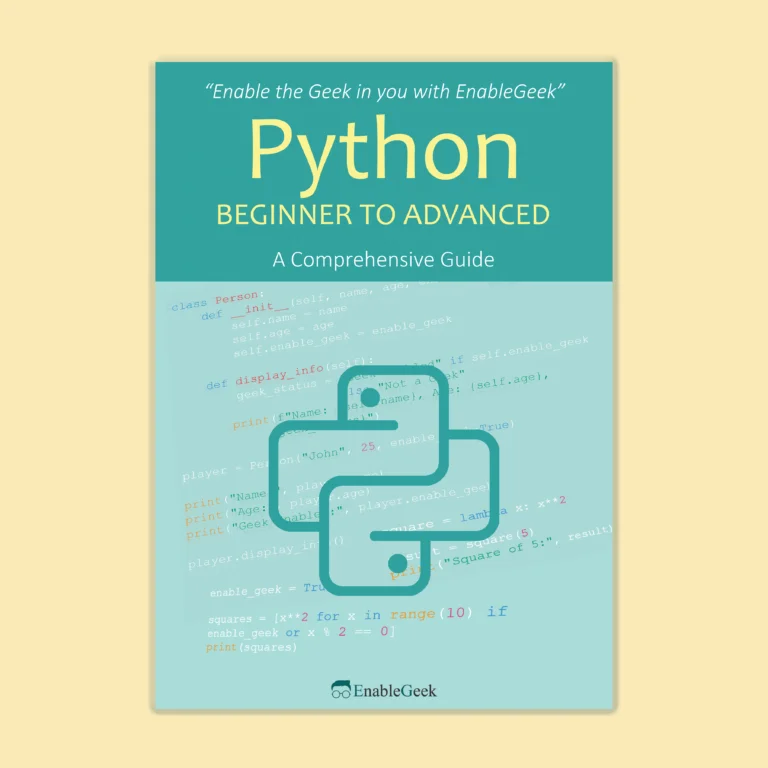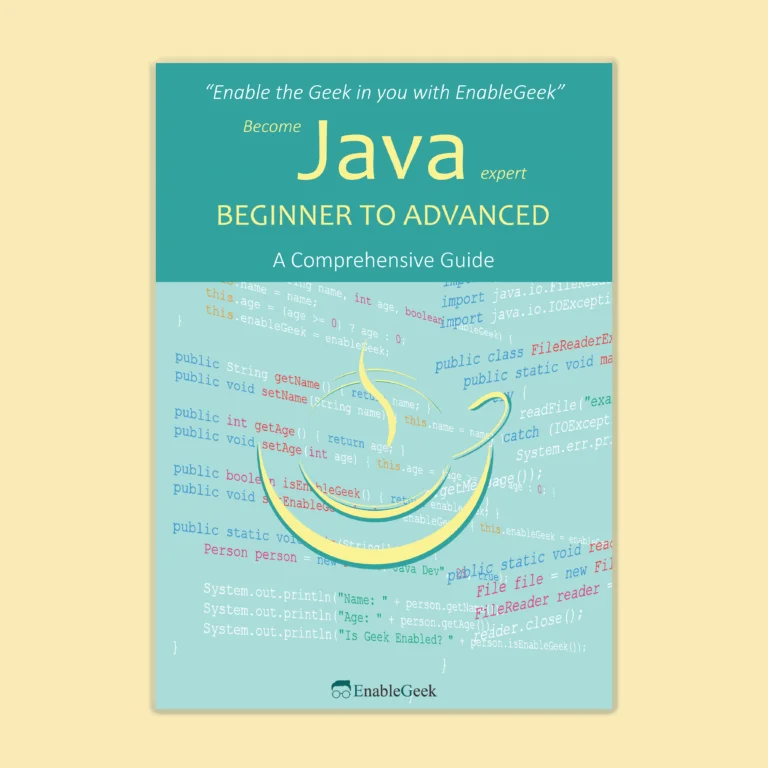Tutorial Category: Computer Science
The study of computers and computing technologies, including their design, development, and application, is known as computer science. It covers a wide range of subjects, including artificial intelligence, computer architecture, programming languages, algorithms, data structures, software engineering, and more.
Understanding how computers operate and how to utilize them to carry out activities and solve issues across a range of industries is the focus of computer science. It is a very multidisciplinary area that incorporates ideas from physics, engineering, mathematics, and other fields.
A vast range of businesses, including software development, data analysis, robotics, artificial intelligence, and more, employ computer science. In order to comprehend complicated systems and events, computer models and simulations are utilized in study domains including computational biology, computational chemistry, and computational physics.
In the discipline of computer science, new methods and technologies are continually being developed. So, in order to stay current and continue to be productive in their profession, computer scientists must constantly acquire new information and adapt to changing circumstances. They could work in a range of contexts, such as non-profit organizations, government, industry, and academia.
What is Cloud Computing in Networking
What is Private/Public IP in Networking
What is the Range of IP Address
What is VPC in AWS Cloud Computing
Linux: Introduction to Linux and Its Distributions
Linux: Command Line Interface
Linux: How to use the Text-Fu Command in Linux
Linux: How to use the Advanced Text-Fu Command in Linux
Linux: How to Manage Users & Groups in Linux
Linux: How to Change File Permission in Linux

Check Our Ebook for This Online Course


Advanced topics are covered in this ebook with many examples.
